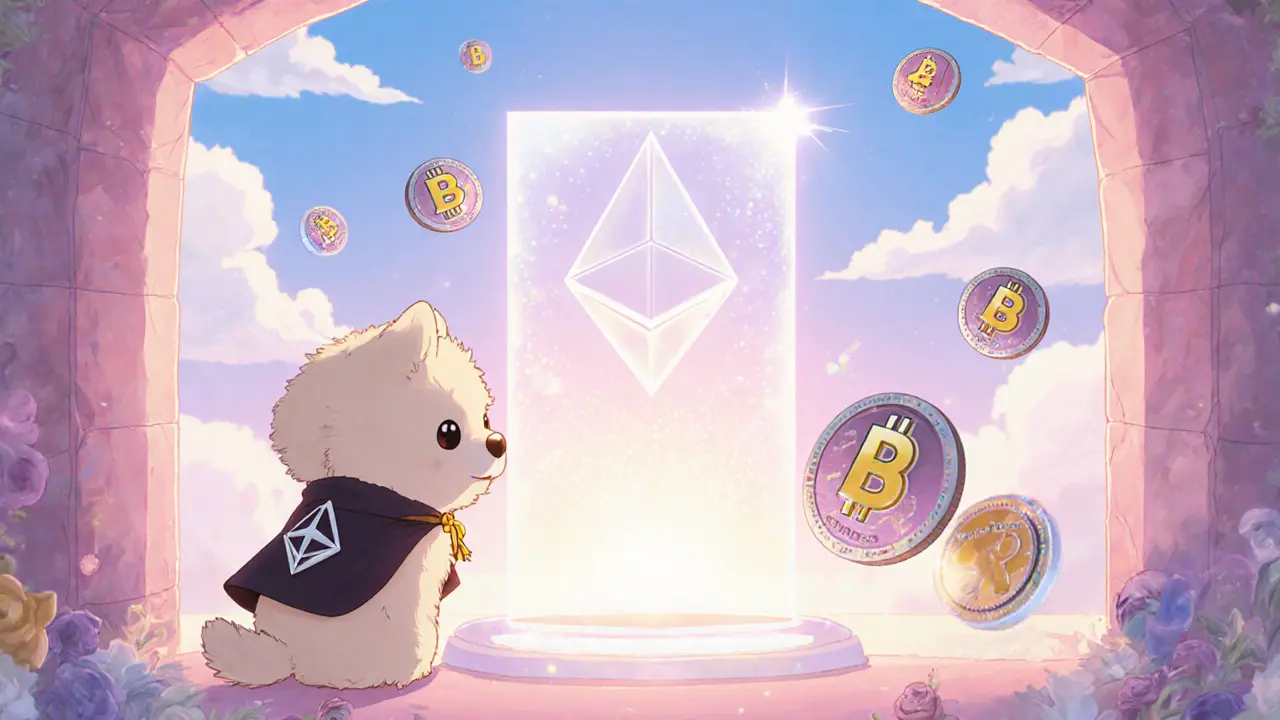Understanding NFT Staking: Earn Yield from Your Digital Collectibles
When working with NFT staking, the practice of locking non‑fungible tokens in a smart contract to earn rewards. Also known as NFT yield staking, it blends the uniqueness of NFTs, tokenized digital assets that represent ownership of art, in‑game items, or other collectibles with the financial mechanism of staking, depositing crypto assets to support network security or protocol services in exchange for rewards. The result is a form of yield farming, earning interest or tokens by providing liquidity or services on decentralized finance platforms that lets holders monetize their NFTs without selling them. If you’re looking to boost your crypto portfolio, NFT staking offers a hands‑on way to generate passive income.
To pull off NFT staking, you need three things: a compatible DeFi platform, a blockchain service that supports NFT‑backed staking contracts, a secure crypto wallet, software that can interact with smart contracts and store your private keys safely, and the NFT you plan to lock. The smart contract acts as the middle‑man, verifying ownership, calculating reward rates, and distributing tokens on a set schedule. Reward rates depend on the token’s utility, the platform’s tokenomics, and the overall demand for that NFT class. Because rewards are tied to protocol activity, a rise in platform users usually boosts NFT staking yields, while low activity can shrink them.
Key Benefits and Risks of NFT Staking
One major benefit is passive income: you keep the NFT in your wallet, continue to display it in marketplaces, and still collect staking rewards. This creates a synergy where collectors earn while holding assets that may appreciate in value. Another advantage is community engagement; many projects reward stakers with exclusive airdrops, early‑access drops, or governance voting power, turning staking into a participation badge. However, risks are real. Smart‑contract bugs can lock up tokens permanently, and market volatility can make the reward token’s price swing wildly. Additionally, illiquid NFTs may be hard to unstake quickly if the platform imposes lock‑up periods.
Getting started is straightforward: first, identify a reputable DeFi platform that lists the NFT you own. Next, connect your crypto wallet, approve the staking contract, and confirm the amount of NFT you want to lock. After the transaction confirms, you’ll see your reward balance grow in real time on the platform’s dashboard. Keep an eye on the platform’s security audits, reward schedule, and any upcoming protocol upgrades—these factors directly influence the profitability of your NFT staking. Below you’ll find a curated set of articles that dive deeper into specific tokens, platform reviews, and step‑by‑step guides to help you maximize returns while staying safe.







